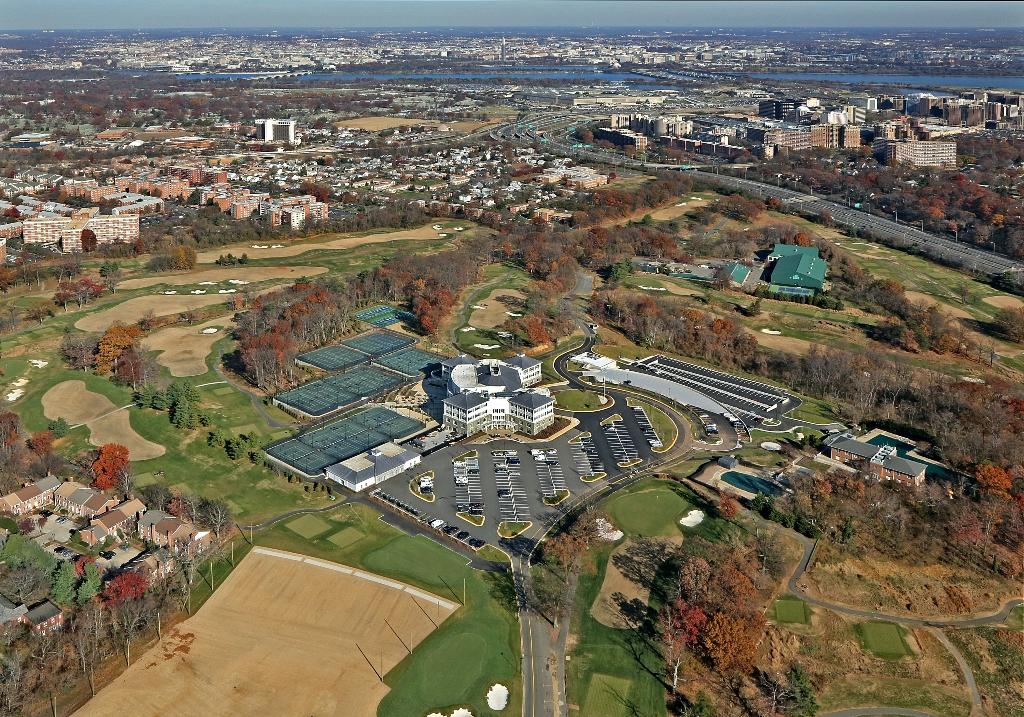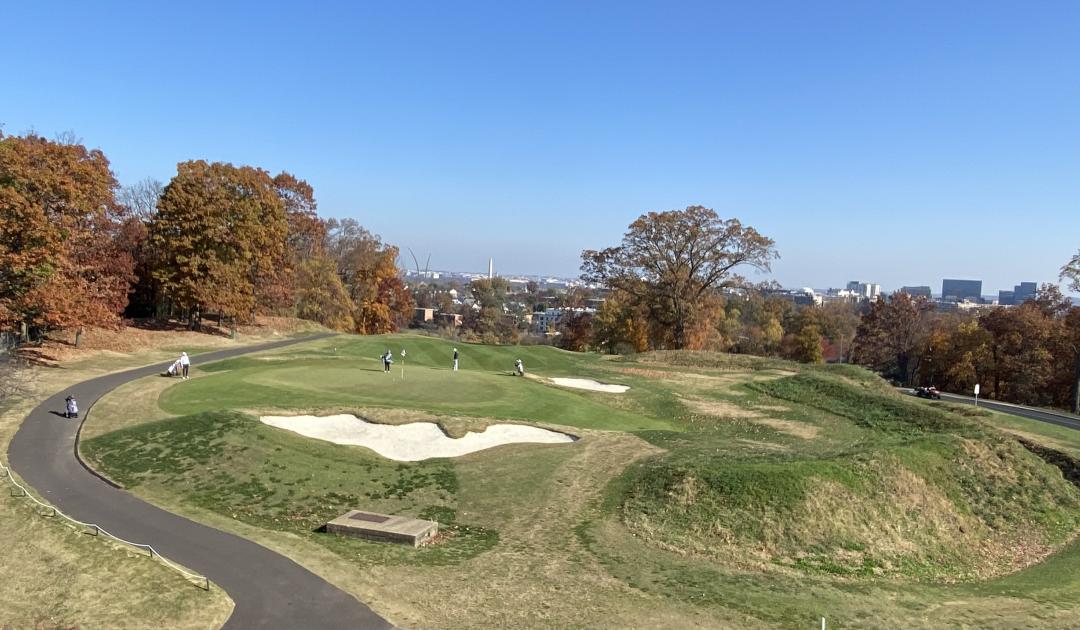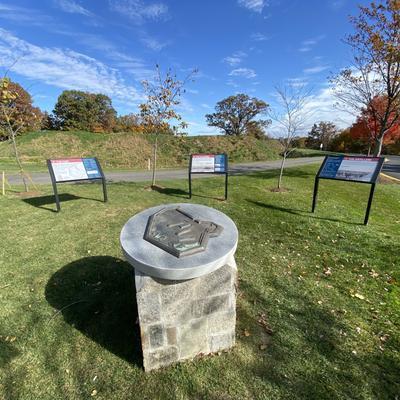Army Navy Country Club

Located in the heart of Arlington, the Army Navy Country Club serves as a tribute to America's military history and lasting legacy. From its origins in Civil War fortifications to its esteemed membership, the club's grounds are filled with stories of bravery, leadership, and camaraderie. Join us as we take a trip through time to uncover the captivating history that defines this esteemed institution.
In the summer of 1861, President Lincoln was focused on fortifying Washington, D.C. Construction began on defenses that would transform the city into "the most heavily fortified in the nation." Fort Richardson, situated on land that would later become part of the Army Navy Country Club (ANCC), dominated the Virginia side. Today, remnants of Fort Richardson's parapets and ditches border the Red 9 green, which is often overlooked except when a golf shot goes astray.
Fast forward to 1924, and the same land was poised for a different military legacy. Recognizing the need for affordable recreation for officers stationed in Washington, plans emerged for a new country club. On November 11, 1924, the Army Navy and Marine Corps Country Club was born, later renamed the Army Navy Country Club in 1930.
The renowned facility's land includes the site of Fort Richardson, one of the 68 forts forming the Civil War “Defenses of Washington”. Additionally, it encompasses Camp Convalescence, a significant Civil War hospital, and Camp Ingalls, the winter camp of the 1st Connecticut Heavy Artillery and other units. The Old Georgetown Road, now Army Navy Drive, was part of the route used by Rochambeau and Washington for their march from New Jersey to Yorktown for the decisive battle of the American Revolution.
The ANCC boasts a prestigious membership, including founding members Dwight Eisenhower and Omar Bradley. Bradley, along with Chester Nimitz and Hoyt Vandenberg, served as Club presidents. The club's membership includes four Presidents of the United States, with numerous others enjoying access as honorary members. This distinguished roster of members sets the Army Navy Country Club apart from any other club in the Washington area, adding to its historical and cultural significance.
The club has seen a variety of unique uses over the years. In the nineteenth century, a will mandated the facility to maintain a graveyard on its Arlington property, with visible tombstones enclosed by an iron fence marking the path between the #13 green and #14 tee. Beyond lie the burial sites of slaves, a poignant reminder of the area's history. In 1914, the Knights of Columbus acquired a farmhouse on the site of the former clubhouse, aiming to establish a social club after suitable modifications. These diverse land uses reflect the rich history and cultural significance of the Army Navy Country Club.
The Army Navy Country Club is renowned for its two championship golf courses, which have hosted numerous high-profile tournaments over the years. The club has welcomed some of the biggest names in golf, including Arnold Palmer, Jack Nicklaus, and Tiger Woods. The ANCC has hosted the U.S. Senior Open, the U.S. Women’s Open, and the U.S. Amateur, among other prestigious events.
Images


